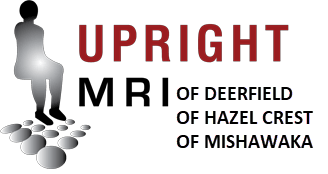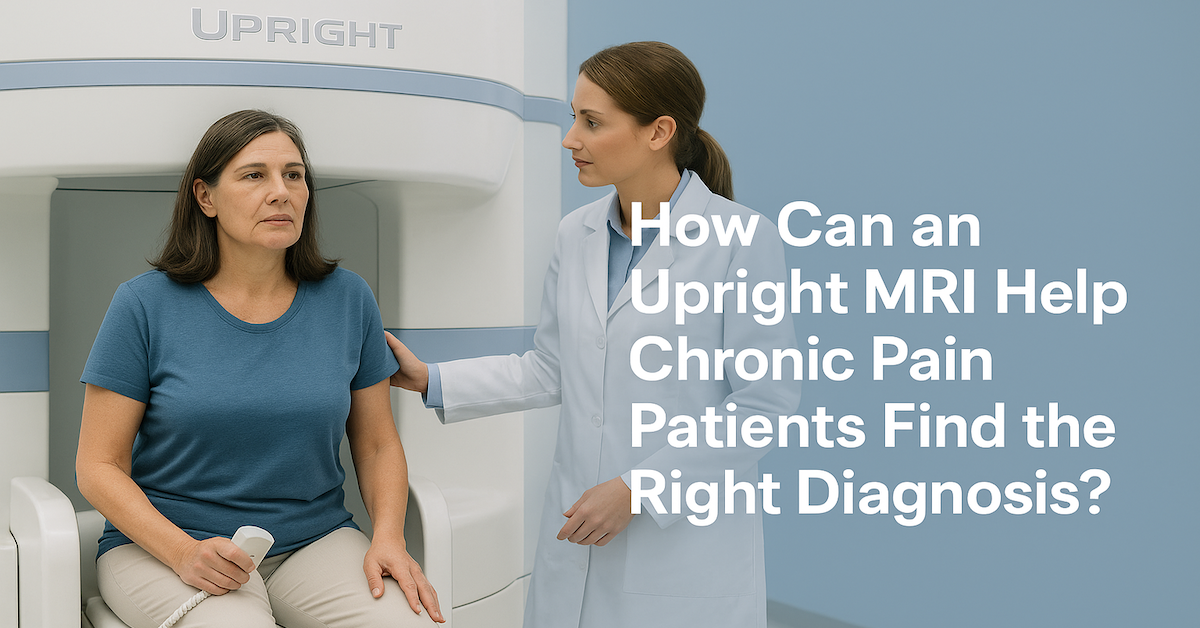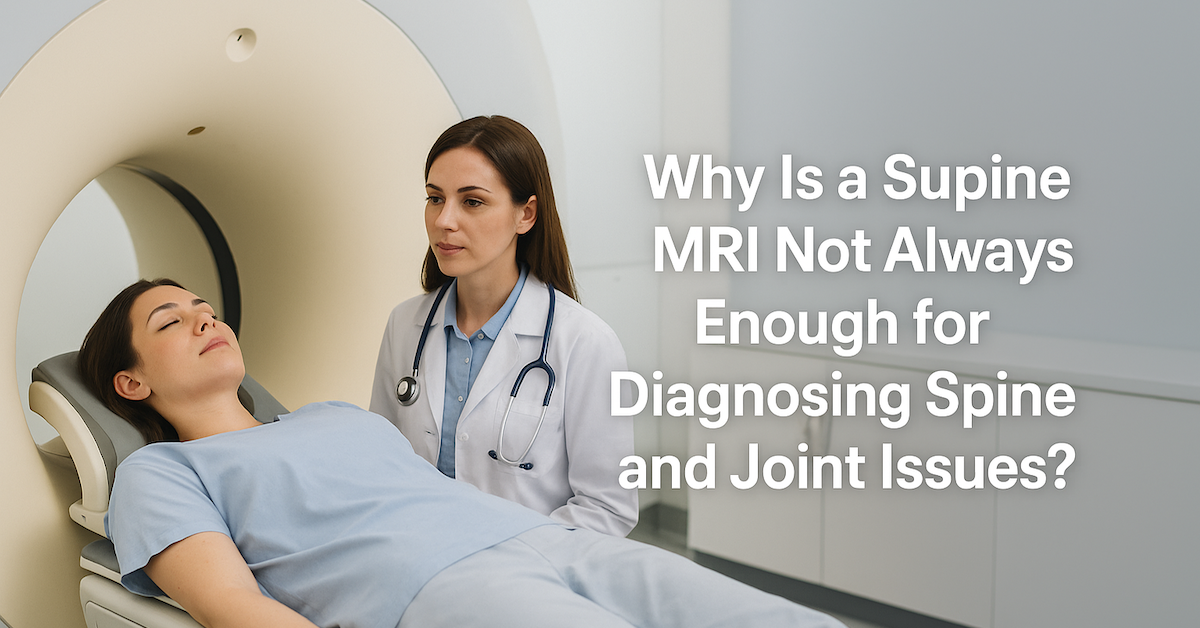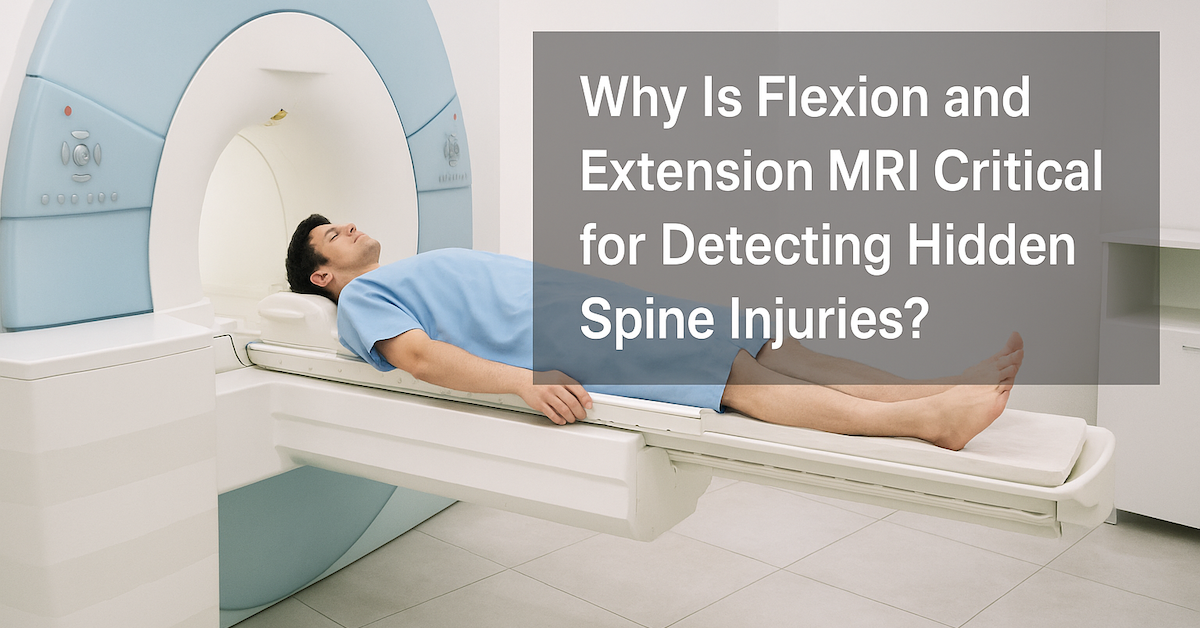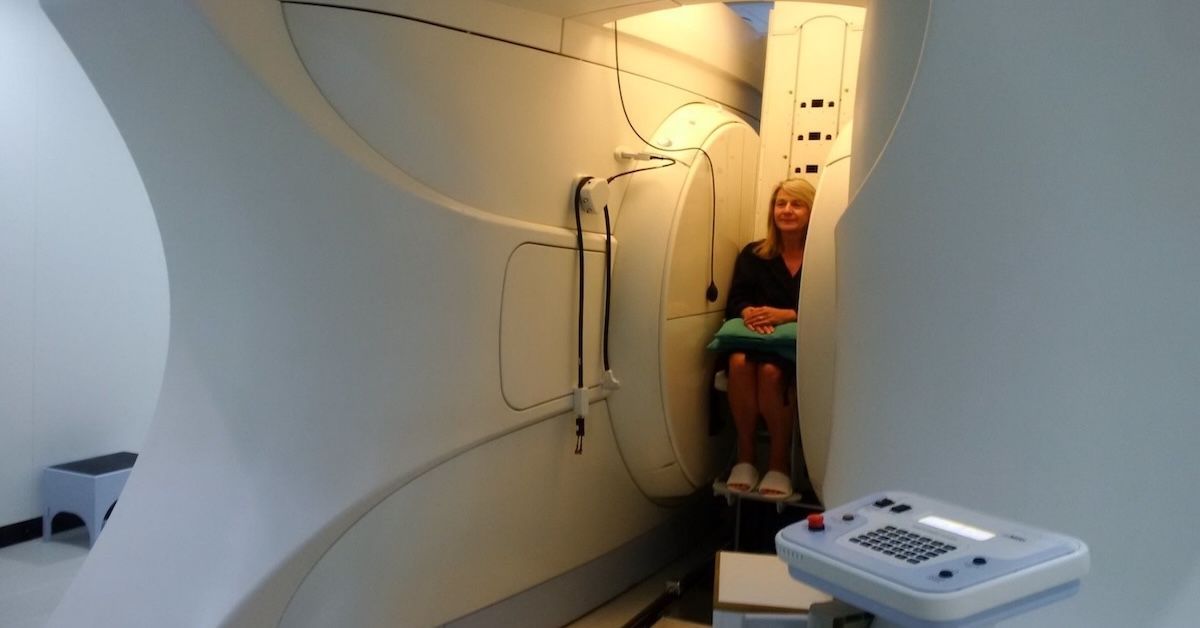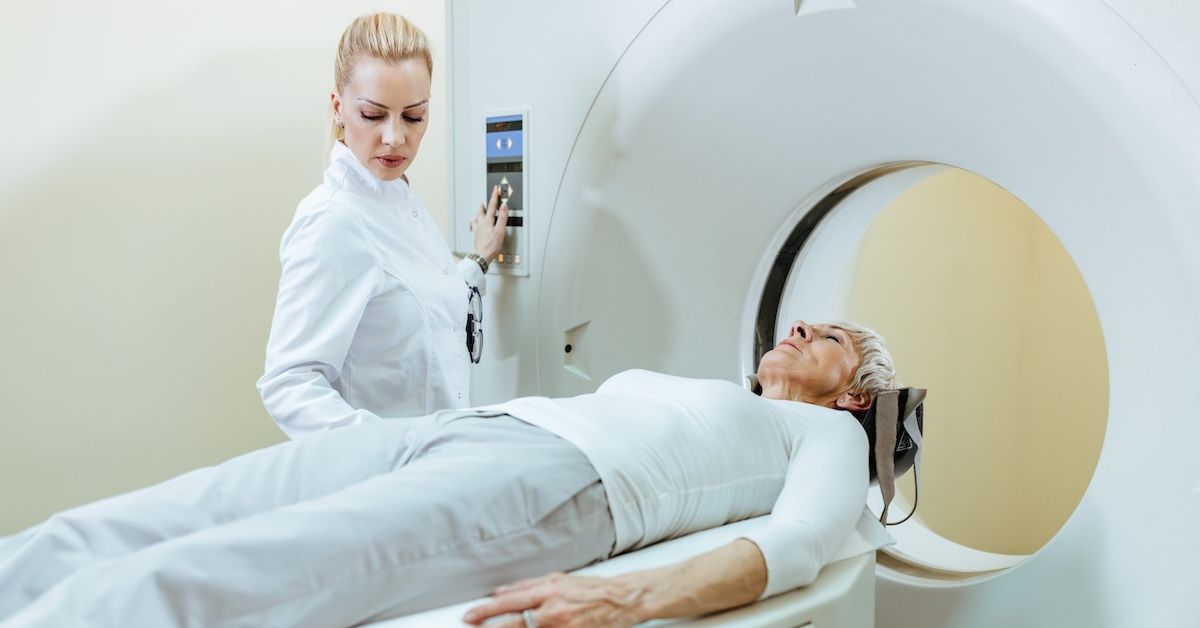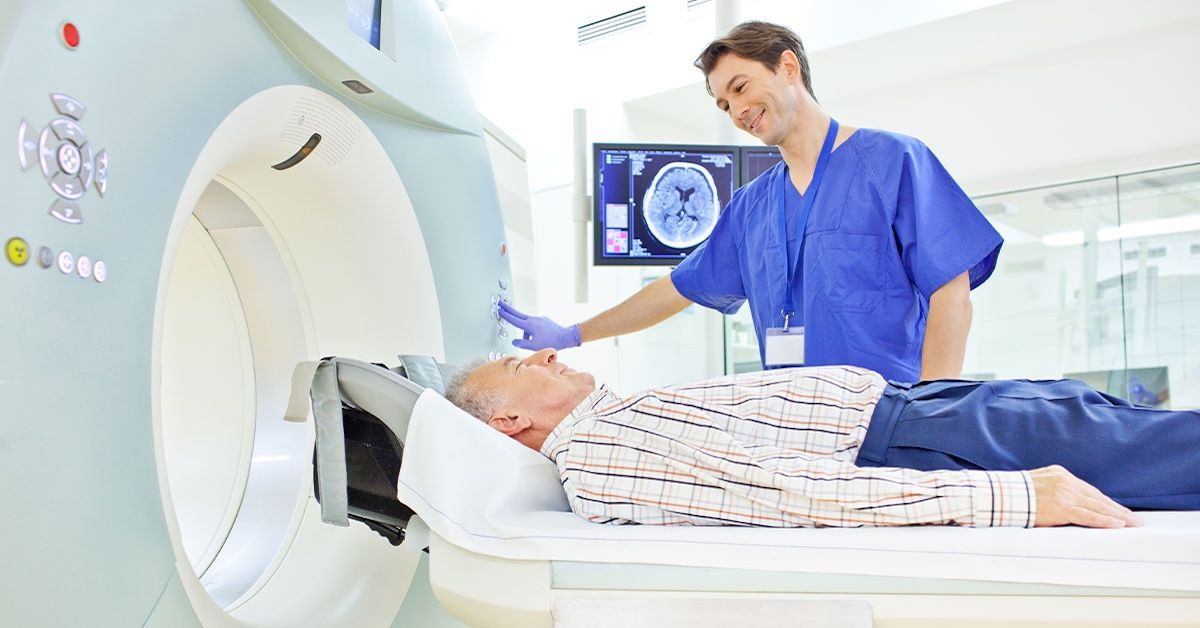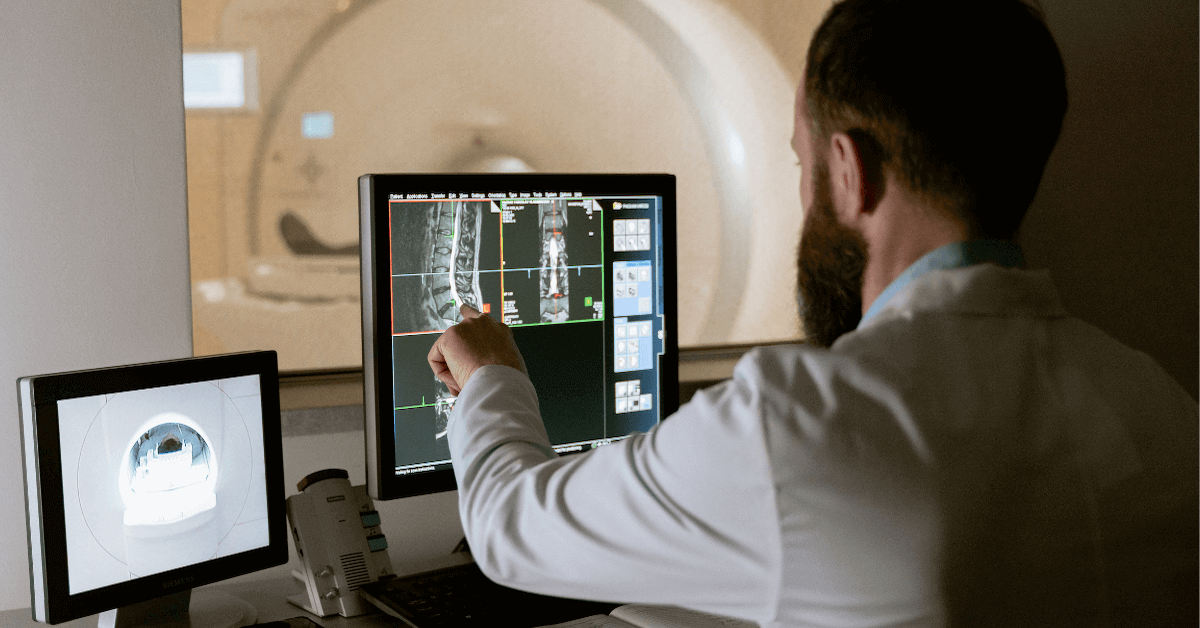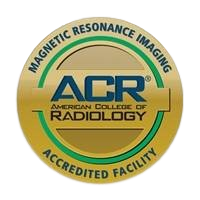How Can an Upright MRI Aid in Diagnosing Concussions and Brain Injuries?
Concussions and other brain injuries can be challenging to diagnose accurately. While some symptoms are immediate, others may develop gradually over days or weeks. Getting the right imaging can make a big difference in determining the severity of the injury and guiding treatment. Upright MRI technology is emerging as a valuable tool in this process, offering unique advantages over traditional MRI methods.
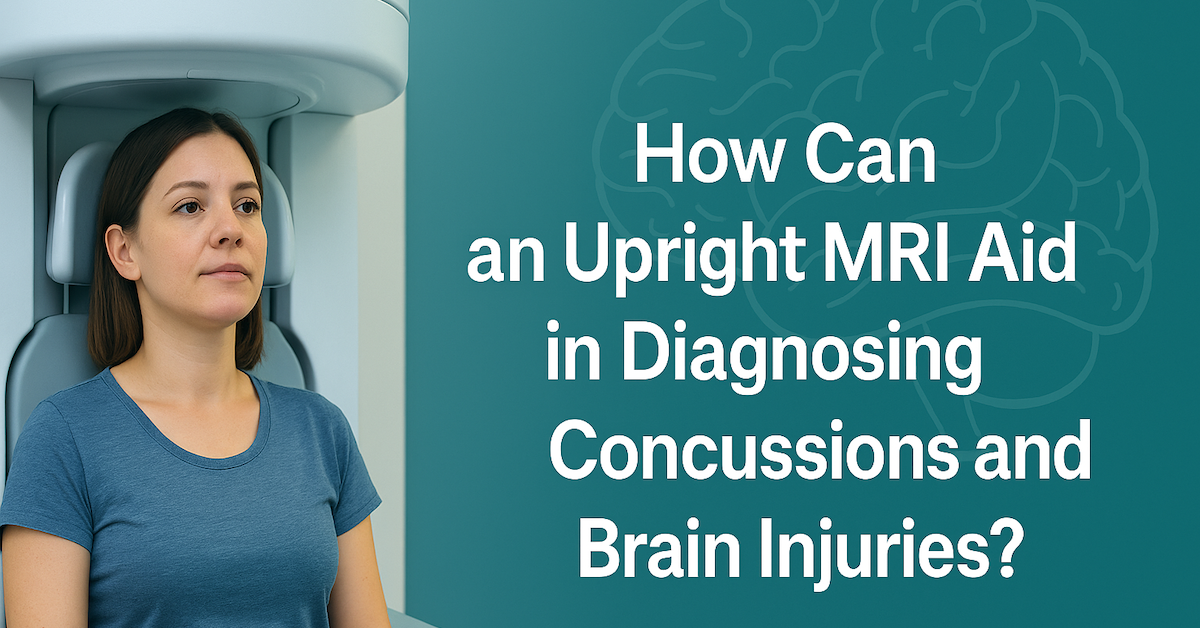
What Is an Upright MRI and How Is It Different?
An upright MRI is a specialized type of magnetic resonance imaging that allows patients to be scanned while sitting, standing, or in a semi-reclined position. Unlike a traditional MRI, which requires lying flat in an enclosed tube, an upright MRI can position the patient in ways that reflect natural posture and real-world conditions. This can be especially important in brain imaging, where the effects of gravity and head position may influence results.
How Does Upright MRI Capture Brain Images?
The upright MRI uses advanced coils and open-design technology to produce high-quality brain images while the patient remains in a comfortable, open setting. Because it allows for various head and neck positions, it can detect structural or functional changes that might not appear in standard supine imaging. For example, some cerebrospinal fluid flow issues or subtle pressure changes within the brain can become more apparent when the patient is upright.
Why Can Concussions Be Difficult to Detect?
A concussion, also called a mild traumatic brain injury, often does not show visible damage on standard imaging like CT scans. Even traditional MRIs may miss microscopic changes in brain tissue or disruptions in neural pathways. Symptoms such as headaches, dizziness, vision problems, and difficulty concentrating can be caused by injuries that are too subtle for conventional scans to detect. This is where more advanced imaging techniques, including upright MRI, can offer an advantage.
What Types of Brain Injuries Can Upright MRI Help Identify?
Upright MRI can be used to detect or better evaluate a range of brain-related issues, including:
- Micro-hemorrhages that might not be visible in standard imaging
- Diffuse axonal injuries, where nerve fibers are stretched or torn
- Cerebrospinal fluid flow abnormalities
- Structural changes associated with post-concussion syndrome
These capabilities can help healthcare providers form a clearer picture of the injury and decide on an appropriate treatment plan.
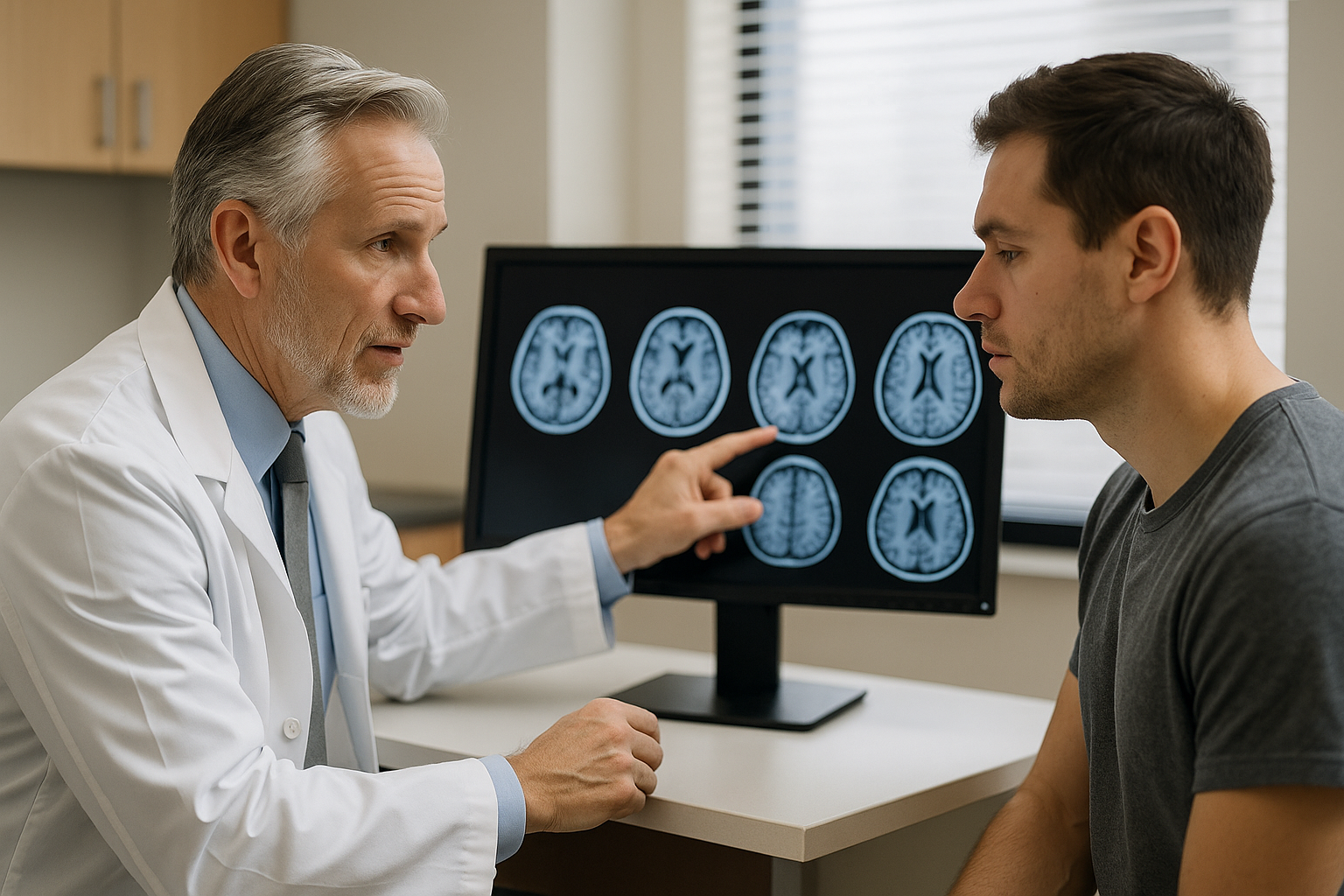
Can Upright MRI Show Gravity-Dependent Changes?
One of the unique benefits of upright MRI is its ability to reveal gravity-dependent changes in the brain. When a person is sitting or standing, the distribution of fluids and pressures in the head can be different from when they are lying down. In some cases, these changes can uncover problems such as blocked cerebrospinal fluid flow, brain sagging, or other position-related abnormalities that might contribute to symptoms after a concussion.
Does Upright MRI Improve Accuracy in Diagnosing Post-Concussion Symptoms?
For patients dealing with lingering symptoms after a head injury, upright MRI can provide additional detail. By scanning in different head positions, it may identify subtle structural shifts or fluid flow issues linked to headaches, balance problems, or cognitive difficulties. This extra information can be valuable in both confirming a diagnosis and tracking progress during recovery.
How Upright MRI Supports Recovery and Return-to-Activity Decisions
For athletes, workers, or anyone who needs to resume physically demanding activities, knowing the full extent of a brain injury is essential. Upright MRI can offer a more complete view, helping physicians make informed recommendations about when it is safe to return to play, work, or other daily routines. This can reduce the risk of re-injury and support a smoother recovery.
Is Upright MRI More Comfortable for Brain Injury Patients?
Many patients with concussions or brain injuries experience dizziness, neck pain, or sensitivity to enclosed spaces. Upright MRI can be more comfortable than traditional MRI for these individuals. The open design reduces feelings of claustrophobia, and the ability to remain in a seated position can make the process easier for those who cannot lie flat without discomfort.
Are There Any Limitations to Upright MRI for Brain Imaging?
While upright MRI offers many advantages, it is not the right choice for every situation. For certain types of injuries, such as acute bleeding or when extremely high-resolution images are needed, traditional MRI or other imaging methods may still be recommended. A healthcare provider can determine which type of scan is most appropriate based on the patient’s condition and symptoms.
Conclusion
Upright MRI is a valuable addition to the tools available for diagnosing concussions and brain injuries. By allowing imaging in natural, weight-bearing positions, it can reveal issues that might be missed in standard supine scans. This can help doctors make more accurate diagnoses, guide effective treatment plans, and support safer recovery timelines.
At
Upright MRI of Deerfield, we specialize in providing advanced upright MRI brain imaging in a comfortable, open environment. Our technology allows for detailed evaluation of head and neck conditions, helping physicians detect even subtle changes that can influence diagnosis and treatment. If you or someone you know has experienced a concussion or brain injury, our team can provide the clarity and precision needed for the best possible care.
SHARE THIS POST:
Leave a Comment:

The World's Most Patient-Friendly MRI. A comfortable, stress-free, and completely reliable MRI scan. We offer patients an open, upright, standup MRI experience that helps those who are claustrophobic and stress being in a confined area. Upright MRI of Deerfield is recognized as the world leader in open MRI innovation,
Our Recent Post
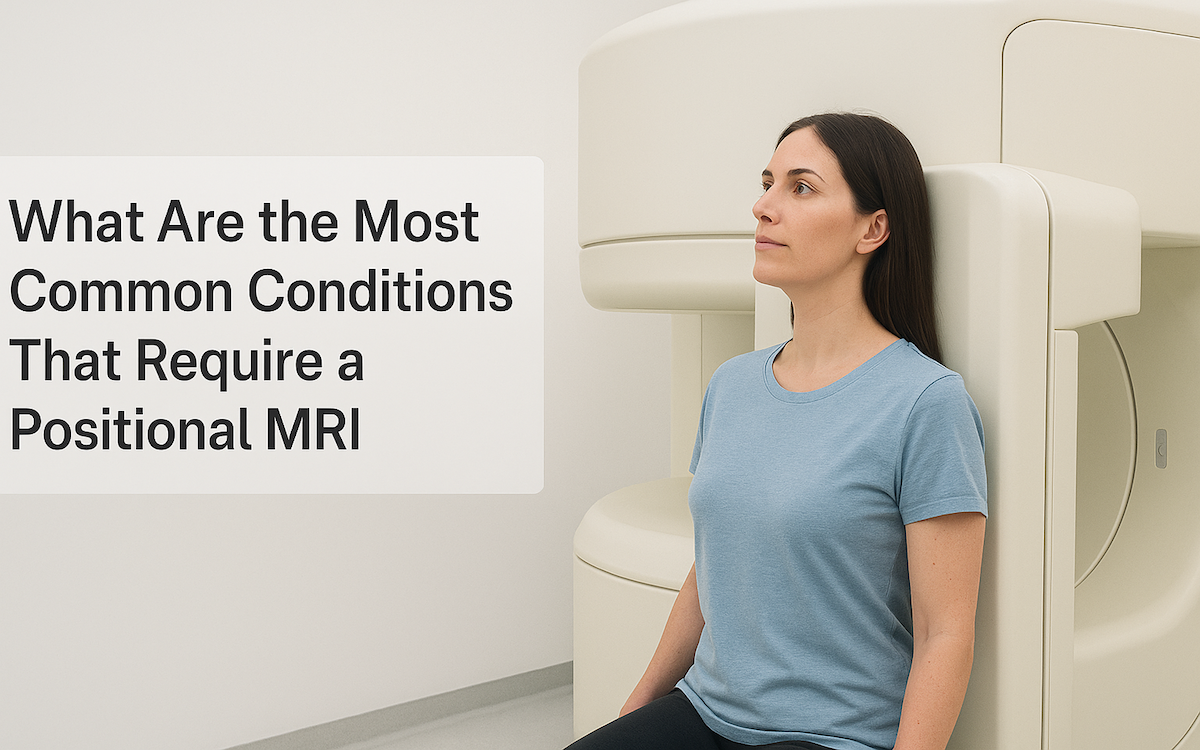
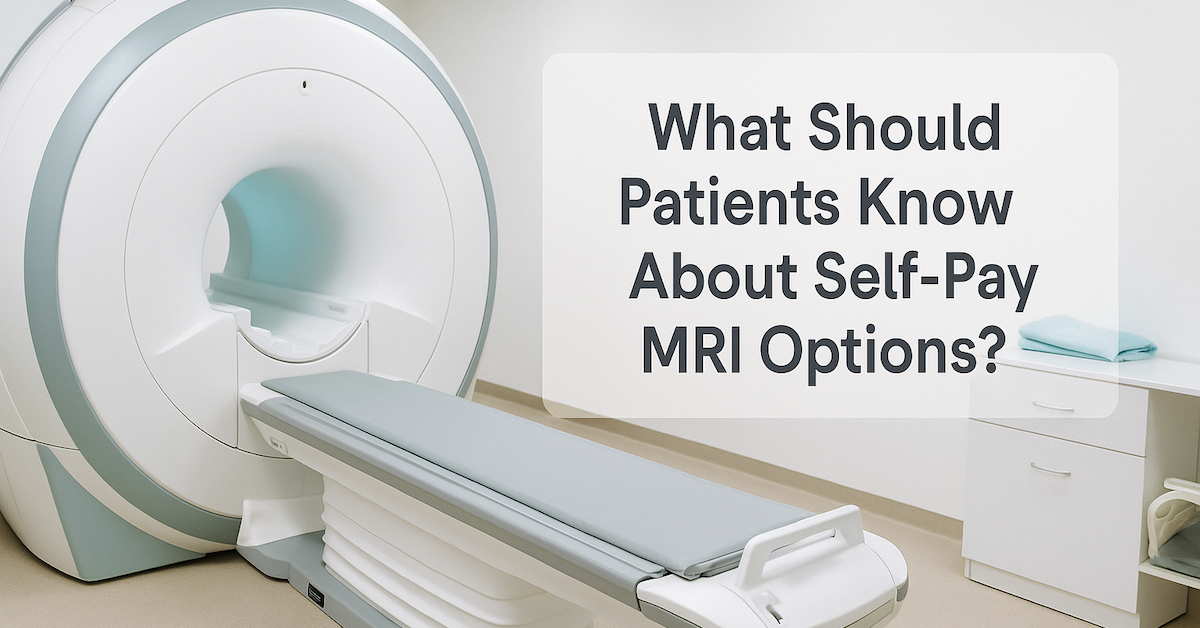

READ PATIENT TESTIMONIALS
Upright MRI of Deerfield.
Susan D.,
Highland Park, 39
I am going to tell everyone about your office! This was a great experience after I panicked in other MRI machines and had to leave. Thank you so much.

Judith B.,
Milwaukee, 61
I suffer from vertigo and other MRIs do not work. This was wonderful…absolutely NO discomfort at all. The MRI was so fast…I wanted to stay and watch the movie! Mumtaz was great. His humor really put me at ease. I’ve already recommended Upright MRI to friends.

Delores P.,
Glencoe, 55
Everything is so nice and professional with your place. I have been there a couple of times. My husband and I would not go anywhere else.

